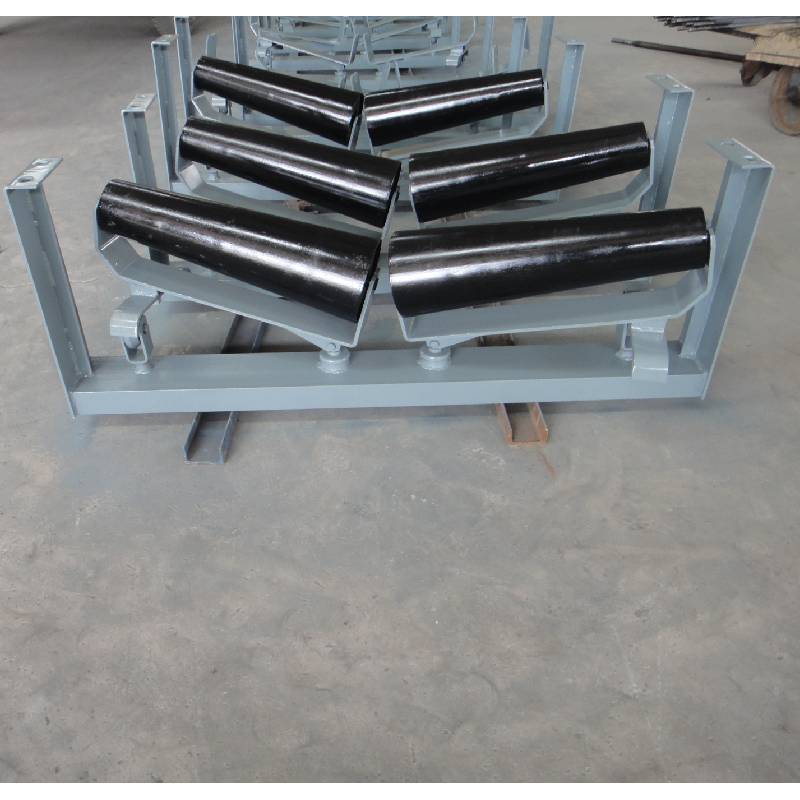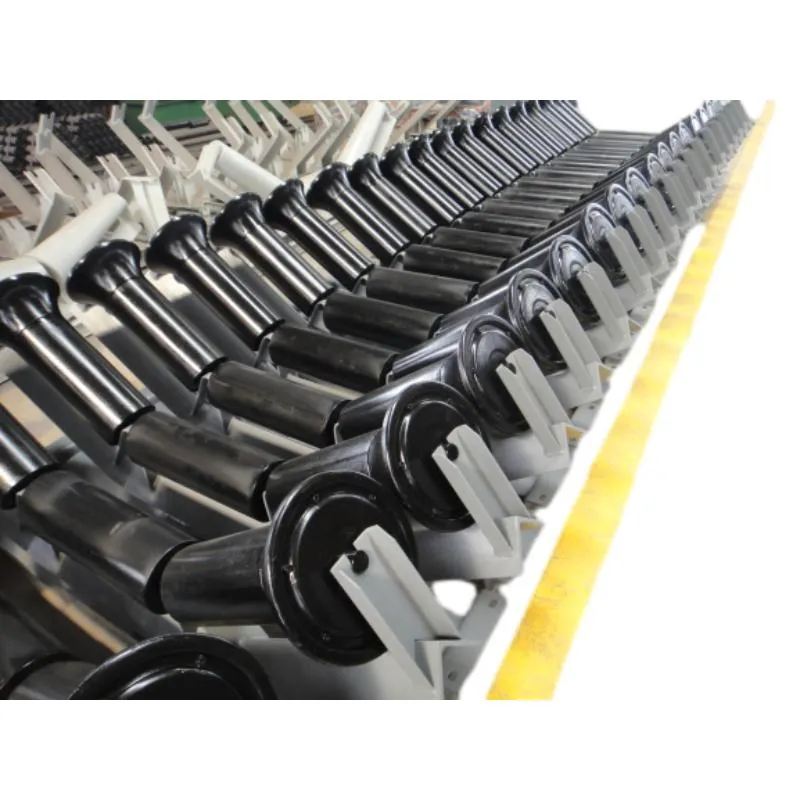 Afrikaans
Afrikaans  Albanian
Albanian  Amharic
Amharic  Arabic
Arabic  Armenian
Armenian  Azerbaijani
Azerbaijani  Basque
Basque  Belarusian
Belarusian  Bengali
Bengali  Bosnian
Bosnian  Bulgarian
Bulgarian  Catalan
Catalan  Cebuano
Cebuano  Corsican
Corsican  Croatian
Croatian  Czech
Czech  Danish
Danish  Dutch
Dutch  English
English  Esperanto
Esperanto  Estonian
Estonian  Finnish
Finnish  French
French  Frisian
Frisian  Galician
Galician  Georgian
Georgian  German
German  Greek
Greek  Gujarati
Gujarati  Haitian Creole
Haitian Creole  hausa
hausa  hawaiian
hawaiian  Hebrew
Hebrew  Hindi
Hindi  Miao
Miao  Hungarian
Hungarian  Icelandic
Icelandic  igbo
igbo  Indonesian
Indonesian  irish
irish  Italian
Italian  Japanese
Japanese  Javanese
Javanese  Kannada
Kannada  kazakh
kazakh  Khmer
Khmer  Rwandese
Rwandese  Korean
Korean  Kurdish
Kurdish  Kyrgyz
Kyrgyz  Lao
Lao  Latin
Latin  Latvian
Latvian  Lithuanian
Lithuanian  Luxembourgish
Luxembourgish  Macedonian
Macedonian  Malgashi
Malgashi  Malay
Malay  Malayalam
Malayalam  Maltese
Maltese  Maori
Maori  Marathi
Marathi  Mongolian
Mongolian  Myanmar
Myanmar  Nepali
Nepali  Norwegian
Norwegian  Norwegian
Norwegian  Occitan
Occitan  Pashto
Pashto  Persian
Persian  Polish
Polish  Portuguese
Portuguese  Punjabi
Punjabi  Romanian
Romanian  Russian
Russian  Samoan
Samoan  Scottish Gaelic
Scottish Gaelic  Serbian
Serbian  Sesotho
Sesotho  Shona
Shona  Sindhi
Sindhi  Sinhala
Sinhala  Slovak
Slovak  Slovenian
Slovenian  Somali
Somali  Spanish
Spanish  Sundanese
Sundanese  Swahili
Swahili  Swedish
Swedish  Tagalog
Tagalog  Tajik
Tajik  Tamil
Tamil  Tatar
Tatar  Telugu
Telugu  Thai
Thai  Turkish
Turkish  Turkmen
Turkmen  Ukrainian
Ukrainian  Urdu
Urdu  Uighur
Uighur  Uzbek
Uzbek  Vietnamese
Vietnamese  Welsh
Welsh  Bantu
Bantu  Yiddish
Yiddish  Yoruba
Yoruba  Zulu
Zulu Jan . 14, 2025 16:27
Back to list
Rubber Lagging Pulley
When considering the essential components of mechanical power transmission, the rubber belt pulley stands out as a vital element that ensures efficiency and longevity in various applications. As a crucial interface that connects the belt to the machinery, the choice of a rubber belt pulley can greatly influence performance, noise reduction, and operational durability.
Expertise in the selection and maintenance of rubber belt pulleys involves understanding both the mechanics and the material science behind them. Regular inspections for signs of wear, such as cracks or fraying, can prevent unexpected failures. Employing diagnostic tools to monitor vibration and alignment also ensures that the pulley system remains within optimal operational parameters. Authoritativeness in the context of rubber belt pulleys involves staying informed about the latest technological advancements and material innovations. Industry leaders often participate in developing standards and guidelines, contributing valuable insights based on field data and empirical research. Trustworthiness is reinforced through established industry certifications and compliance with rigorous testing protocols, ensuring that the pulleys provided to customers are of the highest quality. It's worth noting that in environments where noise reduction is a priority, rubber belt pulleys are particularly advantageous. The material's inherent damping properties can significantly decrease noise levels, which is especially beneficial in settings sensitive to sound disturbances, such as in office machinery or residential HVAC systems. In conclusion, the utilization of rubber belt pulleys in mechanical systems brings about numerous benefits, including improved efficiency, reduced maintenance costs, and extended equipment lifespan. Their design, tailored to resist a variety of environmental stresses, aligns with the best practices in mechanical engineering. By focusing on material quality, customizing solutions to fit specific operational needs, and adhering to rigorous testing standards, rubber belt pulleys prove to be indispensable components in the drive towards operational excellence.


Expertise in the selection and maintenance of rubber belt pulleys involves understanding both the mechanics and the material science behind them. Regular inspections for signs of wear, such as cracks or fraying, can prevent unexpected failures. Employing diagnostic tools to monitor vibration and alignment also ensures that the pulley system remains within optimal operational parameters. Authoritativeness in the context of rubber belt pulleys involves staying informed about the latest technological advancements and material innovations. Industry leaders often participate in developing standards and guidelines, contributing valuable insights based on field data and empirical research. Trustworthiness is reinforced through established industry certifications and compliance with rigorous testing protocols, ensuring that the pulleys provided to customers are of the highest quality. It's worth noting that in environments where noise reduction is a priority, rubber belt pulleys are particularly advantageous. The material's inherent damping properties can significantly decrease noise levels, which is especially beneficial in settings sensitive to sound disturbances, such as in office machinery or residential HVAC systems. In conclusion, the utilization of rubber belt pulleys in mechanical systems brings about numerous benefits, including improved efficiency, reduced maintenance costs, and extended equipment lifespan. Their design, tailored to resist a variety of environmental stresses, aligns with the best practices in mechanical engineering. By focusing on material quality, customizing solutions to fit specific operational needs, and adhering to rigorous testing standards, rubber belt pulleys prove to be indispensable components in the drive towards operational excellence.
Next:
Latest news
-
Revolutionizing Conveyor Reliability with Advanced Rubber Lagging PulleysNewsJul.22,2025
-
Powering Precision and Durability with Expert Manufacturers of Conveyor ComponentsNewsJul.22,2025
-
Optimizing Conveyor Systems with Advanced Conveyor AccessoriesNewsJul.22,2025
-
Maximize Conveyor Efficiency with Quality Conveyor Idler PulleysNewsJul.22,2025
-
Future-Proof Your Conveyor System with High-Performance Polyurethane RollerNewsJul.22,2025
-
Driving Efficiency Forward with Quality Idlers and RollersNewsJul.22,2025
OUR PRODUCTS





























